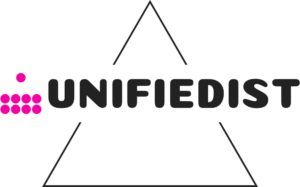SaaS Go-To-Market (GTM) Strategy: A Beginner’s Guide
If you’re a B2B SaaS owner, developing the right go-to-market (GTM), strategy is one of your business agenda. Suppose you have a product idea with a big success sign and build it without market research, it may fail to sustain itself. Creating and implementing the right Saas go-to-market strategy is vital in a crowded market with noise and distractions. So you need a good and authentic b2b saas go-to-market strategy idea with the right approach to save time and money.
In this blog post, we will guide you through the complete process of go-to-market strategy for b2b SaaS, along with some practical SaaS go-to-market strategy examples. Before jumping directly into step-by-step go-to-market plans and models, let’s see the definition of SaaS go-to-market and why go-to-market is essential.
Let’s get started,
What is the SaaS Go-To-Market strategy?
The SaaS go-to-market strategy is a complete business plan that helps showcase the newly launched product or services. It has a detailed explanation of your product analysis, potential customer, product messaging, demography, marketing strategy, pricing strategy, and sales strategy to reach them used to showcase the product to the right audience.
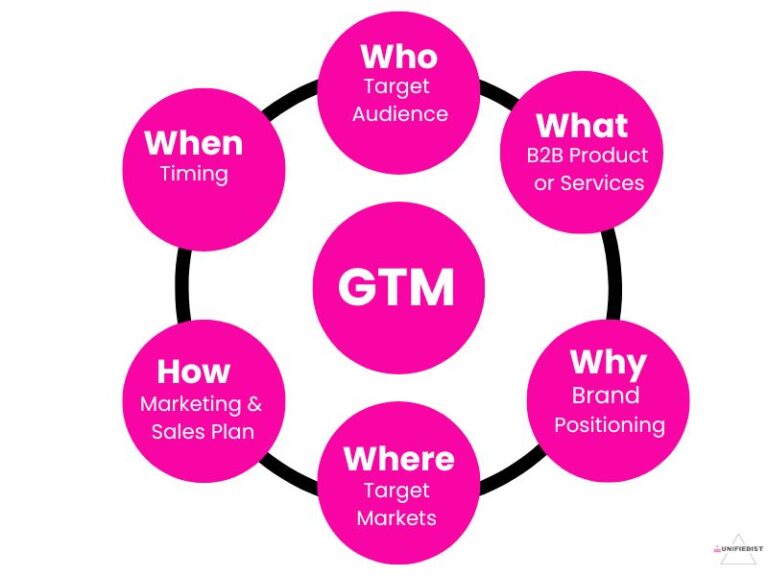
Why is Go-To-Market (GTM) Important?
Go-to-market techniques create benefits for businesses and are brought after tedious work. Every product/service needs unique requirements and GTM strategy. It can’t be copied and executed on different products.
Here are some reasons why go-to-market is essential,
-
It helps to launch a product successfully.
-
It helps identify opportunities because the life cycles of products, services, and business models continuously vary.
-
It helps to stand out from the market by developing good product positioning.
-
It helps to generate demand for your new product and services.
-
It helps to enable sales that lead to effective connections with potential customers.
-
It helps to improve customer satisfaction.
The go-to-market strategies focus more on the specific type of marketing plan with a scope of success and on one particular product/ service. Now you know the importance of go-to-market, it’s time to learn about the basic GTM.
Go-To-Market Basics (Things You Must Know)
An effective go-to-market strategy should be planned to target the right audience and implemented along with the following components: positioning, pricing strategies, product market fit, target market profiles, a marketing plan, a sales strategy, and a distribution strategy.
A comprehensive GTM strategy with a proper marketing strategy can increase your customer engagement and gradually drive revenue growth and ROI. Here are the fundamental components you must include in your go-to-market planning.
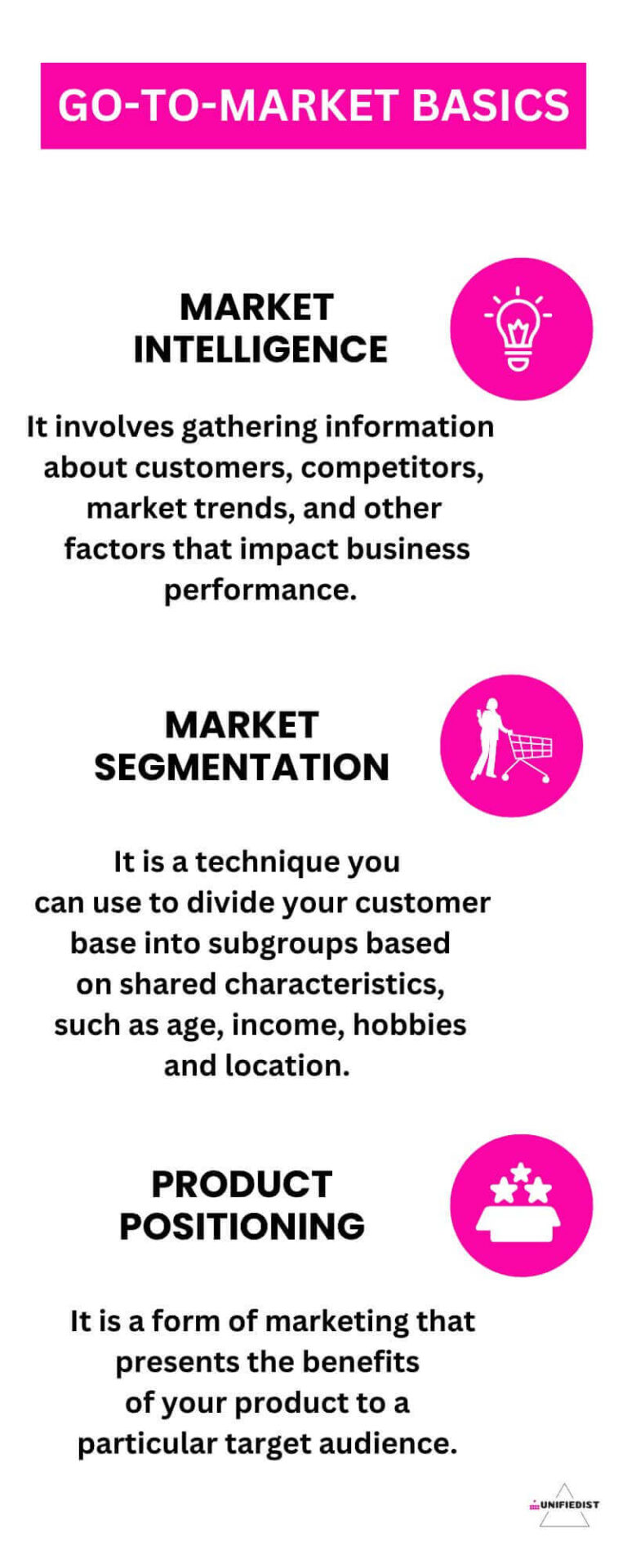
1. Market Intelligence
Market intelligence is understanding the market before introducing a product/service. It involves activities that impact business performance, collecting information about customers, market trends, competitors, and other external factors related to saas business. It is essential to develop your GTM, which is done through market research and also how your product relates to it.
For example, If you consider Artificial intelligence market intelligence updates, demand for digital services, product innovation, and strategic implementation for enterprises are the key drivers of the AI industry, which is a perfect prediction of technology intelligence. Failing to realize AI’s power and limit its growth may weaken capitalizing on AI’s full potential.
2. Market Segmentation
After the market intelligence, you will go through this phase, i.e., market segmentation, which is the second element for successful GTM and helps you understand the market decision-makers to create a buying center and buyer personas. With similar traits, needs, and behaviors, marketing can easily connect with potential customers, which allows teams to focus on the most critical segments.
For example, a b2b saas company can decide to segment clients by revenue size. Clients with higher revenues could be placed in the high-value segment, while those with lower incomes would be placed in the low-value. As a result, the organization can plan its resources and marketing efforts accordingly.
3. Product Positioning
Product- Positioning is the last component in go-to-market documentation. The value proposition is your company’s unique product features, advantages, and insights. Positioning explains why customers go over your product or service over others. The product must more effectively satisfy customers’ needs than other products.
For Example, Grammarly uses target audience-based product positioning. It has positioned itself as a tool for professionals, writers, and students to help them with grammar and punctuation.
For a successful GTM, all three components are vital. Alright! Now are you ready to plan a go-to-market strategy? Next, let’s see different types of go-to-market systems.
The Different Types of Go-To-Market Strategies
The main types of go-to-market strategies are product-led, market-led, sales led
#1. Product-Led
Product-led GTM strategy is an action plan that describes scalable processes for how a company retains and grows customers, driven by in-product customer behavior, feedback, product usage, and analytics across multiple channels and devices.
The product becomes crucial and irreplaceable to reaching the company’s goal and engaging prospective customers. Product-led go-to-market enables us to focus more on product-growth tactics within a time frame.
For Example, dropbox created a beneficial product that met the customers’ exact needs and was accessible and sharable for the users; moreover, the new feature made a virality among the prospective users—this product-led strategy of Dropbox to attract a new audience without compromising existing customers’ user experience.
#2. Market-Led
A market-led strategy is when a company attracts customers through marketing channels like blog posts, webinars, affiliate marketing, videos, and building partnerships with the audience. The market-led process depends on your marketing team’s ability to create the perfect internet content with immense potential for your target audience.
Using this digital marketing effort, you can harvest the highest results and bring in the sales team’s highest-quality leads. With a marketing-led approach, your brand will have an opportunity to become an industry leader. You can also develop marketing content that helps your audience trust and stay with your brand.
For example, Ahref produces digital resources through blog posts, videos, and webinars to improve their understanding of digital marketing and build community trust. After making that bond, they launch their brand name for SEO, enabling them to craft their search engine optimization tool, which shares free service with their customers and potential clients.
#3. Sales-Led
A sales-led go-to-market strategy resonates with the sales team as the main driver for revenue growth. For this, the marketing team first works with sales to collect the information from leads to convert them into customers.
Some ways to approach these are inbound and outbound. Inbound sales-led is when a potential client reaches out to your brand to get information about the product or the service. Outbound sales- led is from a sales rep reaching out to a potential customer who has yet to express interest in a product or service the business offers.
For example, Salesforce has chat boxes to contact the sales team through phone numbers to call or with pre-recorded demos to watch to unite different groups and increase productivity to improve user experience.
Creating a Perfect Go-Market Strategy: A Step-by-Step Guide
#1. Identify The Problem
The first step while crafting a product idea is to find the problem the target audience faces. Identifying your target audience’s problems can be done by gaining clarity on what issues they are dealing with.
The best products or services solve problems by solving the customer’s concern which still needs to be solved, or by providing a new way of getting things done.
So paying attention to your audience’s problems is crucial because they’re the only way to drive more traffic to your business and boost revenue.
For example, Slack brings people and joins to work as one unified team and transforms organizations’ communication to the next level by allowing many categories, such as channels and group meetings, and making discussions stay focused and organized with threaded conversations, organized channels, and direct messaging features.
Using Slack, B2B SaaS startups enterprise can address customer issues, gather feedback, and develop solutions in threads, and its value proposition signifies ease of use and enhanced productivity.
Another example, ClickUp makes project tasks easy for teams and productive by replacing different tools with one. It increases work efficiency and creates consistent and scalable processes. It also offers 24/7 customer support to get the most out of the platform. Moreover, ClickUp’s value proposition is to get all your work in one place that replaces other tools.
#2. Define Your Target Audience
After identifying the problem, you need to identify the correct user persona or target audience. Your user persona will determine every other part of your SaaS go-to-market strategy. For this step, research each audience to get a general sense of who they are, what they do, their goals, and their pain points.
Some small and mid-sized companies need calendaring and email campaigns for their teams, some want to automate sales for growing units, and some want to use sales engagement with Salesforce integration.
For example, suppose you’re a B2B SaaS company with less than x employees selling to a 2x employee company. But this isn’t the same problem as it is for a large corporation with millions of prospects. So, to get started on a target market analysis, it is essential to know exactly how big your ideal client’s business looks.
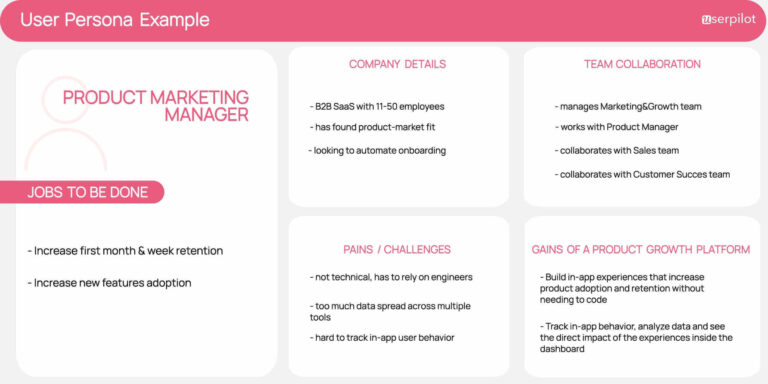
Image Source – Userpilot
#3. Understand The Competition And Demand Landscape
The next step is understanding the current competition; you may need an in-depth competitor analysis, including price, customer support, features, technical or tool usage, marketing strategies, and overall business model. Differentiating your brand from the competition is crucial, so you must identify opportunities. The key to any GTM strategy is to know where your product or service fits in the existing landscape.
For example, suppose a trend that indicates a consumer demand for a specific product or service. In that case, your business can invest in that trend before anyone else, the customers. SurveyMonkey launched trackers that monitor industry performance to track business insights in less time and cost.
#4. Decide the Core Brand Message
Customers value authenticity, so try to prove that you mean what you say. Spread the core brand message and hit your target audience with the right messaging; then, you’ll be better positioned to convert leads.
Create a value matrix to map your crucial messaging for each buyer persona. A value matrix breaks down every buyer persona with their pain points, your product’s value, and the message about how your product solves their problem.
For example, the Zapier platform was born when they understood the growing need to connect apps and automate workflows better. So, it is known for managing your “busy work” for you.

Image Source – Zapier
#5. Choose a Pricing Strategy
The next stage is choosing the appropriate pricing strategy. It is one of the essential parts of your go-to-market plan for your B2B SaaS business. Now that you have found your target audience, it’s time to sell your product to your target market. Should you offer a limited trial period? Should you provide a free demo? Should you submit a freemium package? Which packages should be priced differently?
Flat Rate SaaS Pricing Model
Flat rate pricing is the simple way to sell a SaaS product or service. You can offer a single product, a single set of features, and a single price using this pricing model. They are provided with full access to all software tools in the way of whether or not to commit to annual or monthly fees.
Depending on the needs of your target market, you may offer flexible options that come with adjustable and often lower pricing; this option may work if you provide a simple product without many additional features.
For example, Zoho Connect offers a flat-rate pricing model for external network users, including all components for a single price.
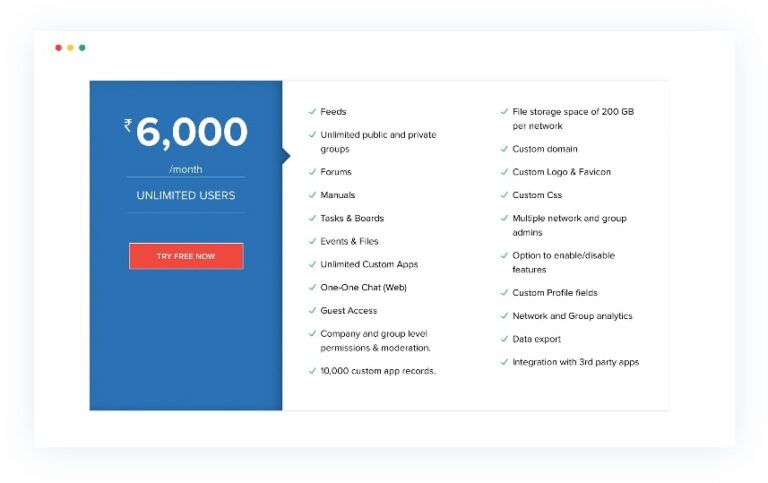
Image Source – Zoho
Tiered SaaS Pricing Model
The tiered saas pricing model allows you to target different types of customers since there’s a plan for everyone. Due to this reason, many SaaS businesses use this pricing strategy, and It uses multiple packages with different pricing along with additional features to attract customers.
For Example, Hubspot’s plans are helpful so that new marketers to professional teams can use their product as they scale.

Image Source – Hubspot
User-Based SaaS Pricing Model
The user-based saas pricing model involves charging your customers based on how many users they have or how many will use the product. It simplifies things for your customers because they can pick and choose a plan most suitable for their company’s size. The cost may increase or decrease according to the size of the company.
For example, ConvertKit charges its customers based on the number of email subscribers they have. If they have x subscribers, they can use the product for free. But if they have more than x email subscribers, the price increases.
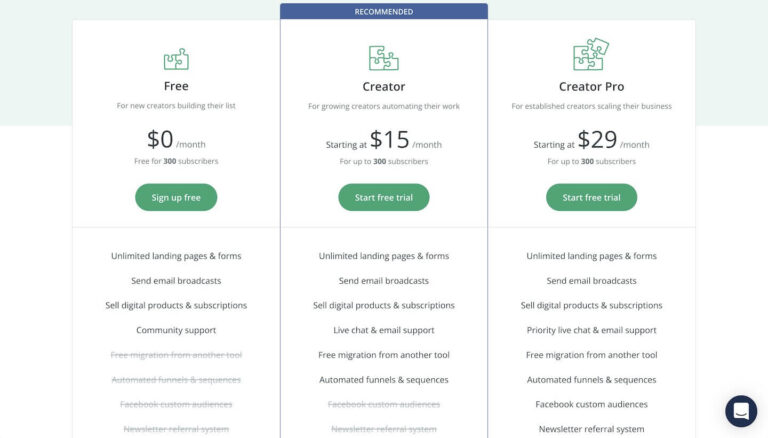
Image Source – ConvertKit
Freemium SaaS Pricing Model
The Freemium SaaS pricing model is a pricing strategy that offers a free version for the primary product or service features and gradually charges for additional features. You provide a limited set of features for free to customers, which lures them to sign up and test out the product for free. This model is used as a customer acquisition strategy.
For example, Dropbox changes its user signs up for the freemium plan and uses the free 2GB storage to manage their data. Once the user finishes off the storage limit, they will automatically upgrade to a paid plan and become one of Dropbox’s paying customers.
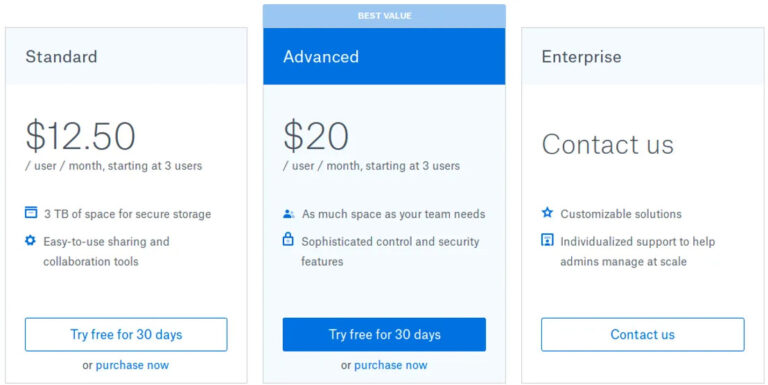
Image Source – Dropbox
Pricing Per Feature SaaS Pricing Model
The pricing per feature SaaS pricing model is a pricing strategy that offers your users subscription costs determined by how many features they will need. Per-feature pricing separates different pricing tiers, with the higher-priced packages linked with more available features, according to the functionality available.
For Example, Quickbooks price its product based on functionality. For instance, their starter plan lets you track income, expenses, sales, sales tax, etc. As you upgrade, charges increase incrementally with the features they offer in each tier, such as you can manage bill users, track the time taken, and so on.
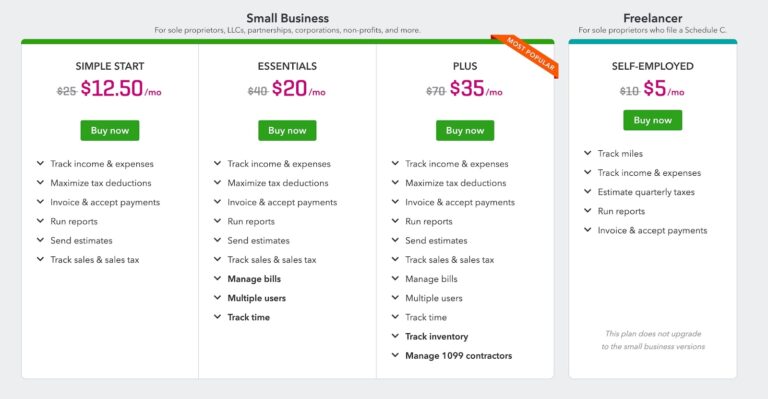
Image Source – Quickbooks
#6. Launch the Product
Alright! You have identified the problem, defined the target audience, understood the competition, decided on the core brand message, and chosen the pricing. So, it is time for the considerable step, i.e., product launching. When launching a SaaS product, you can break the process into phases, which is very important To stand out from the crowd. The three main phases are as follows,
-
Pre-launch phase – In this phase, you must get deeply involved with your operating system, customers, and unique value proposition.
-
Launch phase – In this phase, your brand positioning work resonates with your target audience, and this can be done by planning to make adjustments to your messaging as needed.
-
Post-launch phase – In this phase, you will settle your customers up for success after purchase and analyze the feedback received to ensure that users engage with your product once they sign up for your trial or freemium accounts.
#7. Identify Marketing Channels
How will you create brand awareness? It’s done through marketing channels. By identifying the right channels, you can find the audience and convert them. Most B2B SaaS companies choose organic marketing channels.
Different channels will give you different results, so you must decide on your marketing channel. You can follow quick steps, such as Understanding your primary Marketing team must be included in digital media, content marketing, and SEO to build a robust online presence. Email marketing is another must-have channel for boosting revenue.
#8. Guide The Buyer From Awareness To Conversion
You have already identified the market channels. Yay. Big win! Now you need to know about buyers from awareness to conversion. If you’re in a SaaS company’s position, awareness of conversion helps to begin creating content that allows buyers where much of your audience is problem-unaware. Traditionally buyers from awareness to conversion are classified into five different awareness stages,
-
Unaware – In this stage, audiences are unaware they have a problem that your product can solve.
-
Pain Aware – In this stage, audiences know they have a problem but are unaware of solutions.
-
Solution Aware – In this stage, the audience knows well about their problems and the solution they need, but they need to be made aware that your products already exist to solve their problem.
-
Product Aware – In this stage, the prospect knows about your solution but is still determining whether your product fits them.
Now you understood understand awareness, right? The next step is to engage and excite our interested users. Our awareness campaigns bring prospects, so we need to convert prospects into customers. Attention is required to give the right information to the prospect because attention is necessary to provide the correct information. During the conversion phase, prospects reached out to your brand and have changed from unknown customers to known customers, and finally, your sales team is working on getting the sale.
#9. Decide On Your Sales Strategy
The ultimate aim of saas go-to-market is to sell your product. So deciding which sales strategy to convert prospects into customers is a big question mark. According to your product, you can use different sales strategies. Two main types of sales go-to-market strategies In SaaS B2B are product-led and sales-led growth strategies, which are implemented to attract and convert potential customers.
Product-led Growth Strategy
In a product-led go-to-market strategy, your product is the focus and the center of all marketing and sales efforts. This strategy involves using your product to drive customer acquisition, activation, and retention. For example, Slack and Dropbox are done by crafting a value-filled product experience that encourages users to stick around.
Sales-led growth strategy
Sales-led growth strategy focuses on the efforts of your marketing to attract leads and the ability of your sales team to convince and convert them to customers. Sales-led growth strategy plays on your marketing team’s lead generation efforts. Your key benefits and convincing prospects to convert, can further grow according to the performance of your sales reps members.
For example, companies like Salesforce and Microsoft use this sales-led strategy for whose products require more guidance with a longer sales cycle.
#10. Choose Metrics to Track Success
SaaS products always need multiple growth metrics to track all the time. Metrics and KPIs help inform data-driven insights and accomplish the goals you have set with the GTM strategy.
Some of the key metrics to track the success are:
-
Customer acquisition cost (CAC)
-
Customer lifetime value (LTV)
-
Channel-wise spending and revenue
Also, a few KPIs to track your GTM strategy are as follows.
Marketing campaign KPIs
Product launch marketing metrics show deep insights into effectively and identify the tactics that bring customers. Here are a few standard product launch KPIs:
-
Leads generated: Leads measure the customer interest in the product. The number of product demos requested can measure them, free trials started, or guides downloaded.
-
Promotion effectiveness: To generate leads for the products, promotions are used. Pay-per-click advertising and open email rates are a few KPIs for measuring promotion efficiency.
Product Usage KPIs
Product usage KPIs track the product has reached to solve user problems profitably and are measured by:
-
Trial signups are the number of free trials prospects initiate in a time-lapse and illustrate long-term product usage.
-
User retention rate: It is vital to convert prospects into customers, which measures how many customers were retained by the company in a particular time frame.
Market Success KPIs
The impact of a product launch is the first measure of its success, and the expected market success KPIs are:
-
Monthly revenue: The monthly product revenue is one of the most critical KPIs which showcase the product’s impact on the market.
-
The rate of market share KPI measures the percentage of the market buying your product compared to your competitor’s company.
Best Go-To-Market Examples
Each SaaS business is unique, and everything wouldn’t work for everyone. So always remember that all GTM strategies are different and might not work for you. Here are four go-to-market strategy examples from B2B SaaS companies for inspiration.
#1. Loom
Loom allows users to share videos instead of sending emails quickly. Loom created effective word-of-mouth marketing with user feedback. Virality is inbuilt with each user introducing the product to their video recipient. This was further fueled by product features and initiatives such as free, frictionless onboarding, easy CTA’s for link recipients, and onboarding checklists to get a user to create and share.
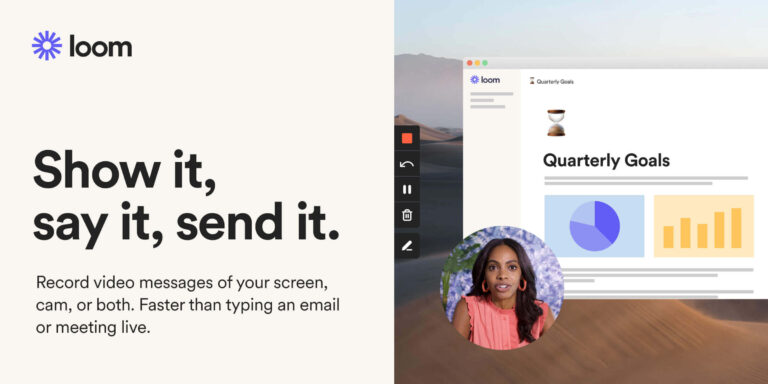
Image Source – Loom
#2. Slack
The go-to-market strategy of Slack is word-of-mouth growth and self-service because it worked as a market research tool to collect valuable customer feedback and product insights before launching. Slack is a product-led SaaS company that still practices a freemium model along with an inside sales team for the customers.
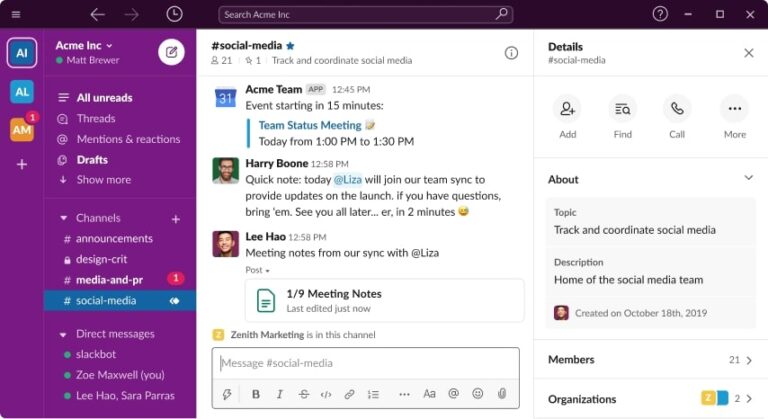
Image Source – Slack
#3. Taxjar
Taxjar’s go-to-market strategy is authentic and robust content strategy, great content, and focused on promotion through SEO. When they started, no one was doing content or knew more about it, and it made their success strategy.
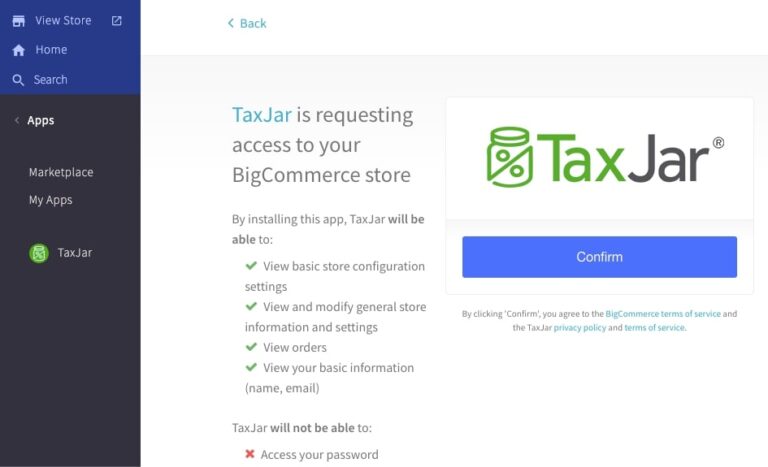
Image Source – TaxJar
#4. Dropbox
Dropbox’s strategy was to focus on reputation marketing to get off the ground. The idea of Dropbox was simple: provide customers with free storage space in return for referrals. It uses content marketing strategies such as videos and webinars to attract relevant customers across business, personal, and tech packages.
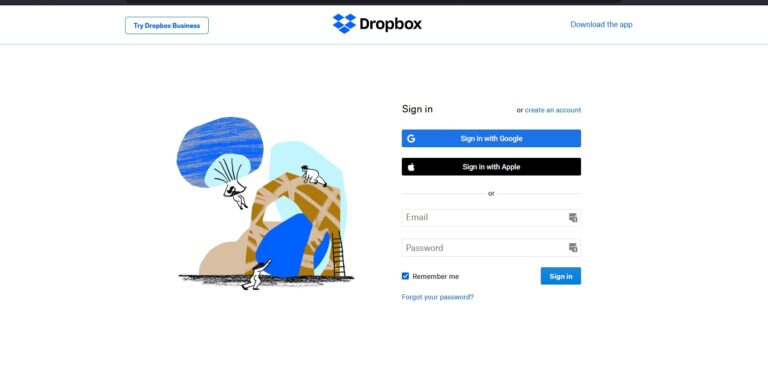
Image Source – Dropbox
What is a Go-To-Market Strategy Template?
B2B SaaS products and other business strategies use templates to improve GTM processes and run effective strategic marketing and product-launch campaigns. Go-to-market strategy templates are a templatized way to create, organize, and track company strategy.
Some Benefits of a Go-To-Market Strategy Template are as follows,
-
Simplify your strategy into phases.
-
Track work visually
-
Track upcoming initiatives at a Glance
-
Align teams on your launch goals
-
Track progress across an interactive timeline.
-
Shift due dates as priorities change
-
Ensure every phase of your go-to-market plan is on track
By creating your GTM strategy template, you can quickly view your plan at a high level, customize your template for each launch, and shift due dates as needed. Go-to-market strategy templates use to create a successful strategy for your brand. These templates can help you to stand out from competitors in your industry and gradually attract new customers.
Some free go-to-market strategy templates you can use are as follows,
The above GTM strategy template makes your strategy easy to plan, capture, and manage and helps your team be more effective and get more done. Report on key metrics and gain real-time visibility into work as it happens with roll-up reports, dashboards, and automated workflows built to keep your team connected and informed. Choosing the suitable GTM strategy template depends on your business and specific needs.
Final Tips
Building a B2B SaaS go-to-market strategy is simple if you are ready to spend enough time with your target audience and understand their problem. It’s always best to launch right after getting all the steps into GTM strategies at the right time and to the right audience. This ultimate guide on Saas go-to-market strategy will help you gain insight into the saas product world and craft the product with the best product marketing strategies, design, and plan for your business’s success.
